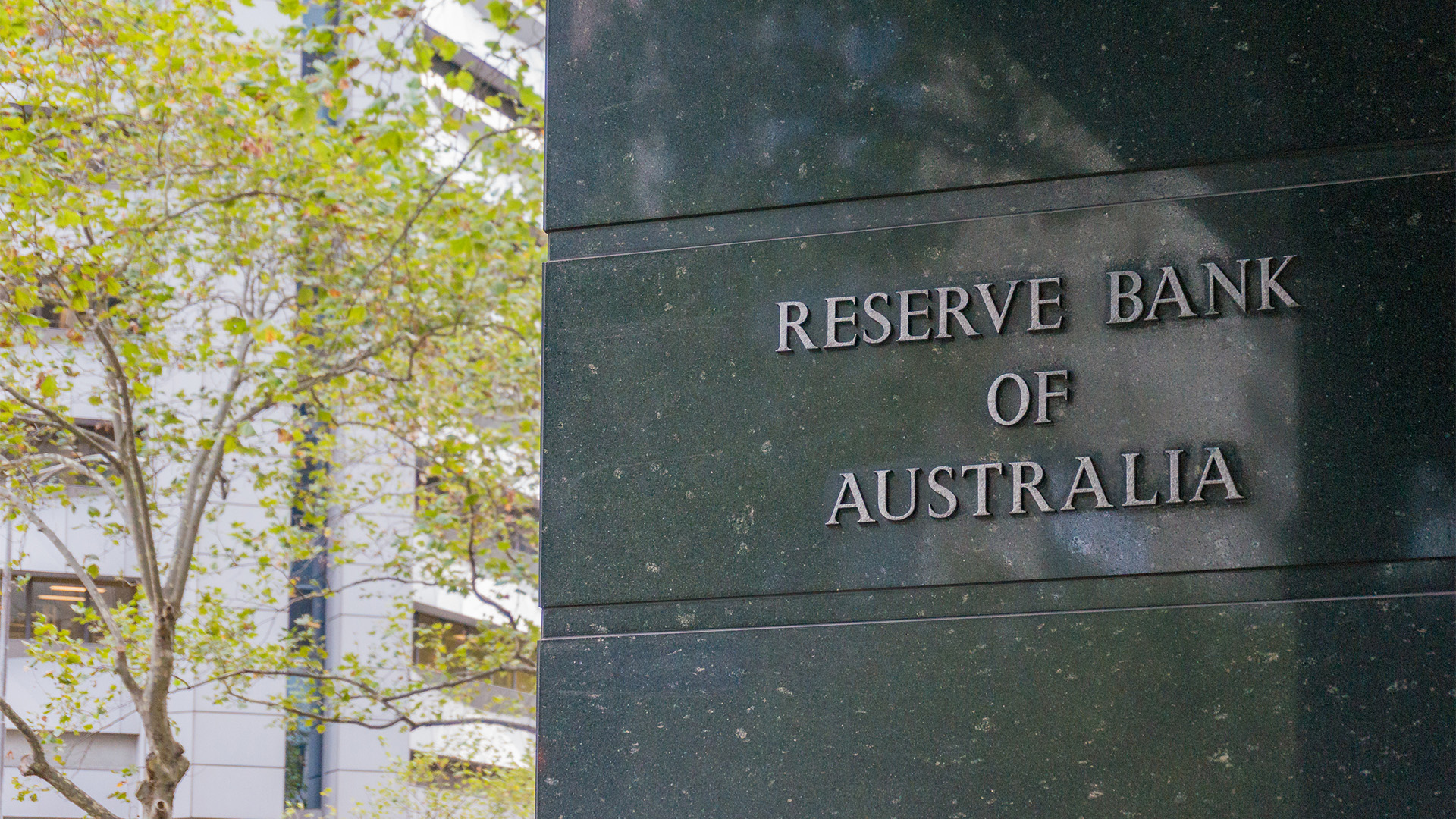A nervous Reserve Bank board has its hand on the interest rate lever, ready to push the cash rate up to 4.35% at the Melbourne Cup meeting on November 7 if it feels inflation is getting out of hand.
The minutes of the October board meeting, released on Tuesday, clearly show that the bank and its senior executives have become anxious that inflation is not falling fast enough.
The final paragraph of the minutes (where the meeting’s decision is explained – in this case, to leave the cash rate at 4.10%) reveals an increasing lack of patience.
"In reaching their decision, (board) members noted that some further tightening of policy may be required should inflation prove more persistent than expected.
"The Board has a low tolerance for a slower return of inflation to target than currently expected.
"Whether or not a further increase in interest rates is required would, therefore, depend on the incoming data and how these alter the economic outlook and the evolving assessment of risks.
"Members reaffirmed their determination to return inflation to the target within a reasonable timeframe and their willingness to do what is necessary to achieve that outcome."
The sentence used in that final paragraph, "The board has a low tolerance for a slower return of inflation to target than currently expected," was the first time the minutes used that expression and is a sign of growing impatience.
It wasn’t used in the minutes of the September statement, even though the interest rate threat was apparent from what was the final statement from Philip Lowe’s time as RBA Governor.
"Members observed that, prior to the November meeting, they would receive additional data on economic activity, inflation, and the labor market, as well as a set of revised staff forecasts," the RBA minutes for this month read.
The September jobs data is out Thursday with not much change forecast – 5,000 new jobs and the jobless rate around 3.8% (The board said in the latest minutes that the labor market was at a “turning point”), and then next Wednesday, the Consumer Price Index for the September quarter, the CPI Indicator for the month of September, and then the Producer Price Index for the quarter.
Annual inflation inched higher to 5.2% in August from 4.9% in July, according to monthly data seen by economists as less reliable than quarterly figures. Automotive fuel inflation was running at 14% in August, reversing from a 7.6% annual decline in July.
Annual CPI was at 6.0% in the June quarter, compared with 7.0% in the March quarter and the December quarter's 7.8% peak.














